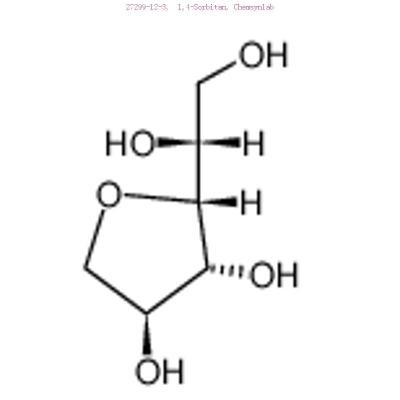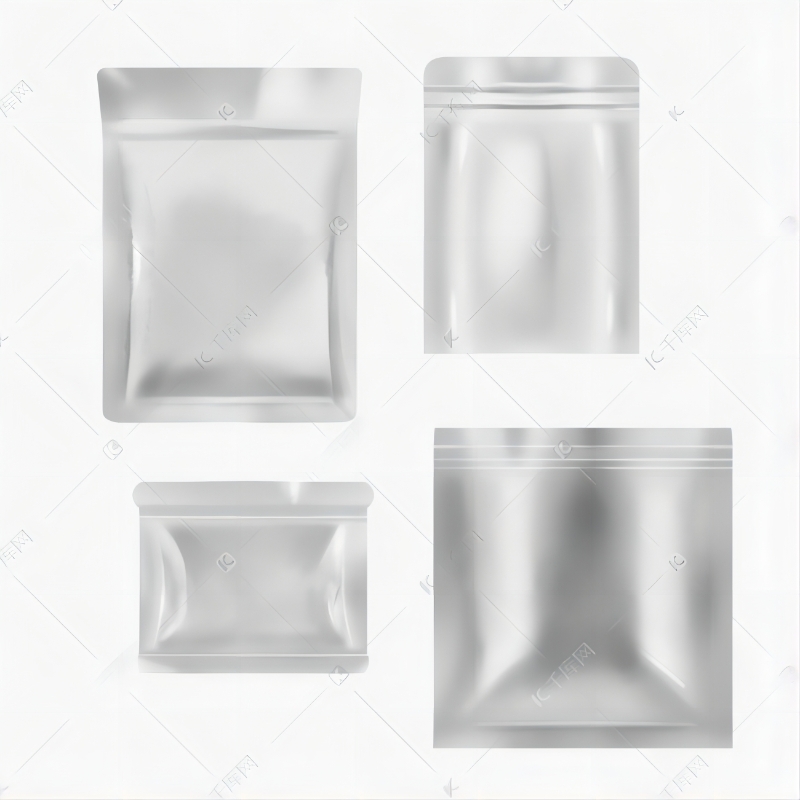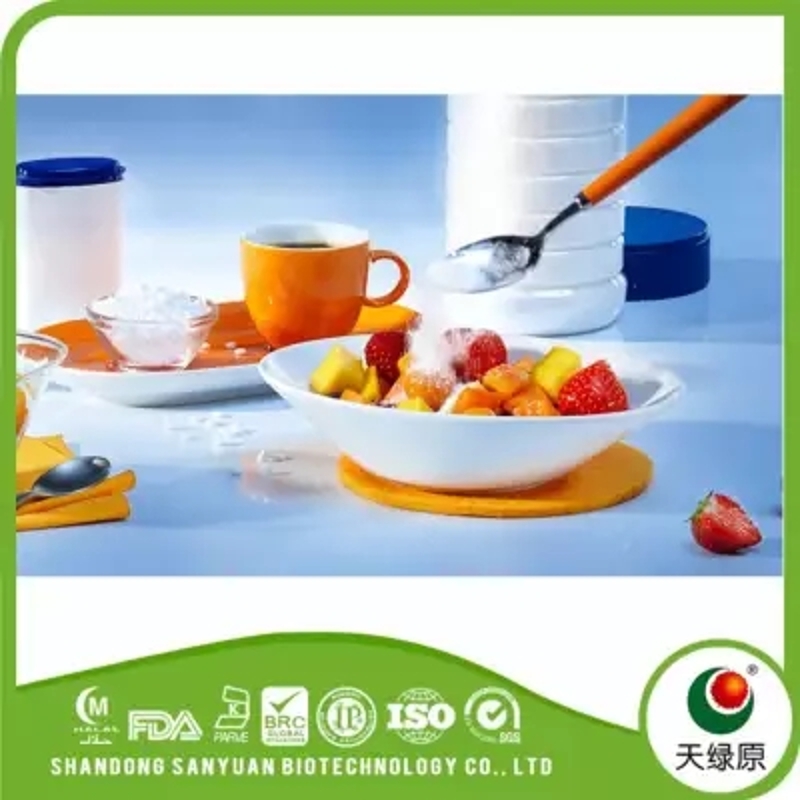-
Categories
-
Pharmaceutical Intermediates
-
Active Pharmaceutical Ingredients
-
Food Additives
- Industrial Coatings
- Agrochemicals
- Dyes and Pigments
- Surfactant
- Flavors and Fragrances
- Chemical Reagents
- Catalyst and Auxiliary
- Natural Products
- Inorganic Chemistry
-
Organic Chemistry
-
Biochemical Engineering
- Analytical Chemistry
-
Cosmetic Ingredient
- Water Treatment Chemical
-
Pharmaceutical Intermediates
Promotion
ECHEMI Mall
Wholesale
Weekly Price
Exhibition
News
-
Trade Service
Title: Understanding Upstream and Downstream Products of Gluconic Acid in the Chemical Industry
Introduction:
Gluconic acid is a versatile chemical compound that has a wide range of applications in various industries, including the food and beverage, pharmaceutical, and cosmetics sectors.
The chemical industry plays a vital role in the production of gluconic acid, which is derived from various upstream products.
In this article, we will explore the upstream and downstream products of gluconic acid and their significance in the chemical industry.
Upstream Products:
The upstream products of gluconic acid are the raw materials required for its production.
The primary upstream products of gluconic acid are corn syrup, glucose, and fermentation.
Corn Syrup:
Corn syrup is a common upstream product of gluconic acid.
It is derived from cornstarch through a series of enzymatic hydrolysis and fermentation processes.
The resulting liquid is then distilled and converted into a syrup, which is further processed to produce gluconic acid.
Glucose:
Glucose is another upstream product of gluconic acid.
It is derived from the hydrolysis of starch, which is obtained from potato, corn, or wheat.
The glucose is then fermented using microorganisms such as yeast or bacteria to produce gluconic acid.
Fermentation:
Fermentation is a biological process in which microorganisms convert organic compounds into desired products.
In the case of gluconic acid, fermentation involves the use of microorganisms such as bacteria or yeast to convert glucose or other sugars into gluconic acid.
The fermentation process can be carried out in a variety of media, including liquid or solid fermentation systems.
Downstream Products:
The downstream products of gluconic acid are the finished products that are derived from the production of gluconic acid.
The primary downstream products of gluconic acid are food and beverage additives, pharmaceuticals, and cosmetics.
Food and Beverage Additives:
Gluconic acid is commonly used as a food and beverage additive due to its ability to enhance the flavor, texture, and shelf life of various products.
It is used in a wide range of applications, including the production of jams, jellies, and desserts, as a preservative in baked goods and canned goods, and as an acidifier in beverages.
Pharmaceuticals:
Gluconic acid is an important intermediate in the production of various pharmaceuticals, including antibiotics, painkillers, and anti-inflammatory drugs.
It is also used in the production of medicated plasters, ointments, and creams.
Cosmetics:
Gluconic acid is used in the production of various cosmetic products, including shampoos, conditioners, and skin care products.
It is known for its ability to moisturize and soften the skin and hair, and is used to improve the overall appearance and feel of these products.
Challenges and Opportunities:
The production of gluconic acid involves several challenges, including the cost-effectiveness of the production process, the availability of raw materials, and the need for sustainable and environmentally friendly production methods.
As the demand for gluconic acid continues to grow, chemical companies must find ways to overcome these challenges and meet the increasing demand for this versatile chemical compound.
Conclusion:
The upstream and downstream products of gluconic acid are crucial components of the chemical industry.
The production of gluconic acid involves a range of raw materials and finished products, including food and beverage additives, pharmaceutical







